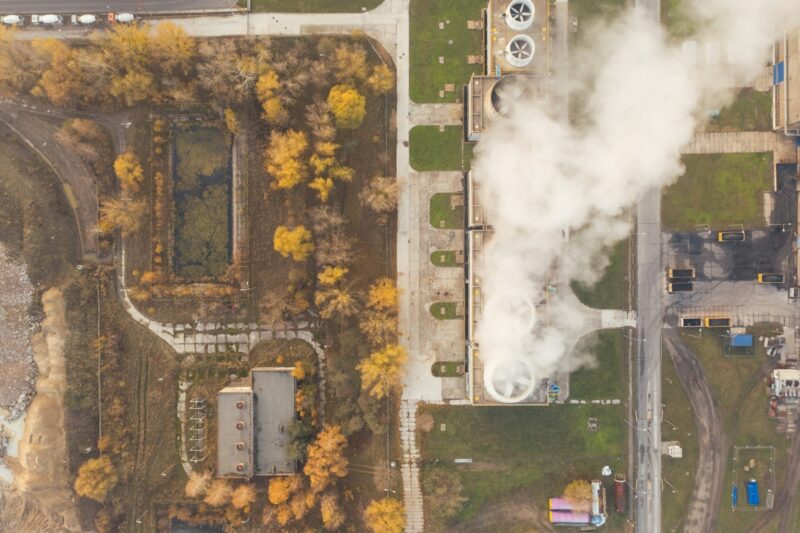Completed
Central and Eastern Europe climate policy frontiers
Partners
WiseEuropa, Poland, Climate Strategies, UK, Expert Forum, Romania
Share

A significant decrease in the costs of renewables over recent years has allowed decarbonisation of the electricity generation to accelerate in numerous regions. At the same time, reducing emissions in the building and transport sectors turned out to be much more challenging. This has been the case especially for countries experiencing fast economic growth and, with it, increasing quality of life.
Many Central and Eastern European countries have been witnessing economic growth in the range of 3-7 percent, fuelled to a large degree by their membership in the European Union, the flow of European structural funds and foreign investment. Increasing car ownership, distance travelled as well as the size of residential buildings has not been compensated by an increase in energy efficiency and decarbonisation of the fuel mix, thus leading to increasing emissions.
Meeting their obligations under the Paris Agreement, as member states of the European Union, requires introducing carbon-cutting measures in all economic sectors, and these countries stand to benefit from sharing experiences of successful national policies that could be adopted by others. The goal of this project is to identify such experiences in building and transport sectors, particularly in Bulgaria, the Czech Republic, Germany, Hungary, Poland, Romania and Slovakia, and facilitate knowledge exchange and their promotion between these countries and other European states.
What is crucial to know is whether rolling out such best practice measures would generate enough emission reductions for these sectors to be in line with the Paris Agreement 1.5°C temperature limit, and, if there is an emissions gap, identify policy solutions that could close it.
Climate Analytics leads the work on assessing the emissions gap, by comparing a scenario in which existing best practices are universally adopted (“CEE climate policy frontiers” scenario) with Paris Agreement-compatible emissions pathways, thereby determining the existence and scope of the gap between the emissions reduction possible with the current approaches and the emissions reduction needed to meet the temperature goal adopted in Paris.
Climate Analytics has developed a methodology to assess the impacts of replicating ambitious climate policies at the global level. The approach consists of, at first, identifying good practice policy areas and subsequently defining indicators for quantification of those policies.
The top-down approach uses methodologies to downscale the results of global Paris Agreement compatible emissions pathways for the selected countries and sectors.
The SIAMESE model, a tool that can be used for this purpose, has already been utilised under the EU-funded Horizon 2020 COP21 RIPPLES project, to scale down emission pathways at the country and sectoral level in line with the Paris Agreement’s long-term goal.